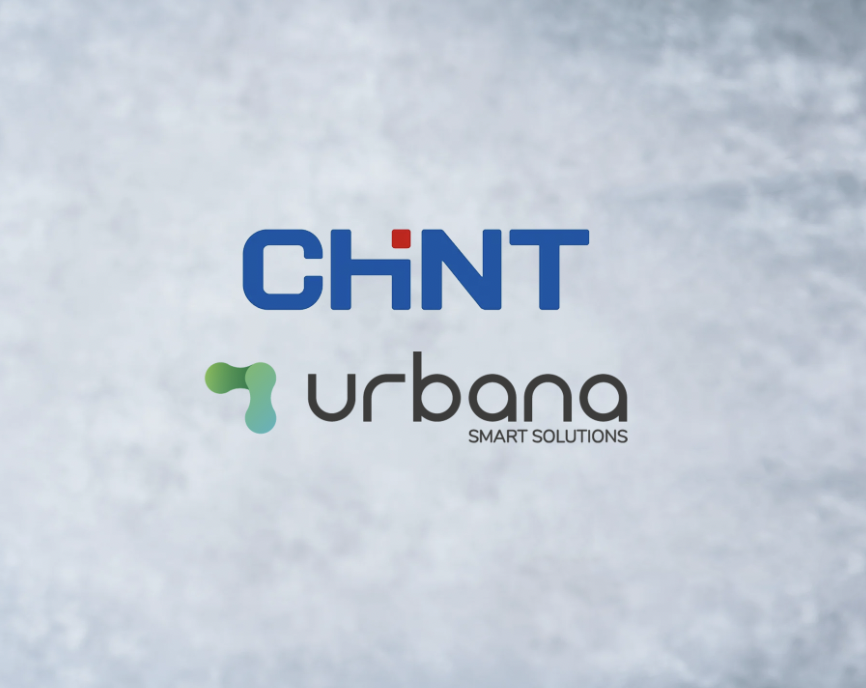Urbana Partners with Chint to Launch New Smart Circuit Breakers We are thrilled to announce our part...

Stay Updated with the Latest News and In-Depth Insights on Smart Solutions

Urbana Partners with Chint to Launch New Smart Circuit Breakers We are thrilled to announce our part...

Harnessing IoT to Enhance Efficiency and Sustainability in the Wine Industry The wine sector is one ...

Urbana’s solutions for smart cities We often hear about smart cities. A smart city is a technologica...

Urban safety for the cities of the future Urban systems are continuously evolving. Technological evo...

Actility and Urbana Forge Strategic Alliance to Elevate Italy’s LoRaWAN® IoT Infrastructure Press Re...

Today is a momentous day for us. Urbana has been awarded “Global Smart City Solutions Provider of th...

In recent years, agricultural companies are facing a decisive step towards what we now know as agric...

An IoT solution must have a network infrastructure that guarantees sufficient coverage and capacity ...

New smart lighting solutions with Low-Power Wide-Area Network (LPWAN) technologies are proving to be...